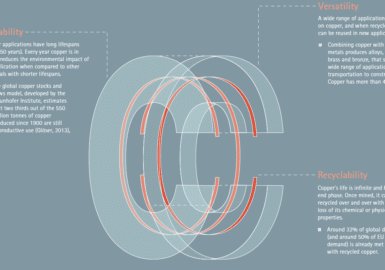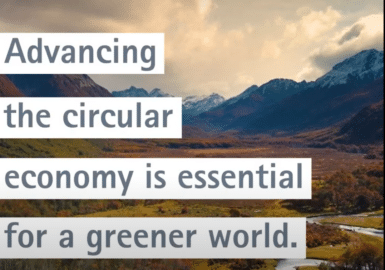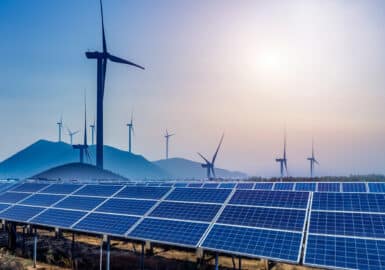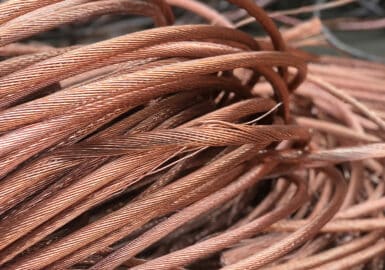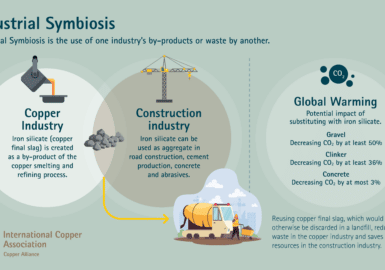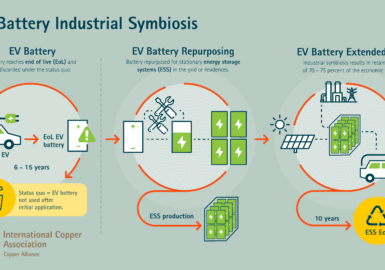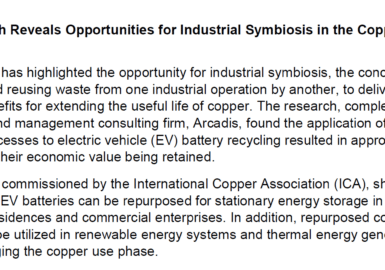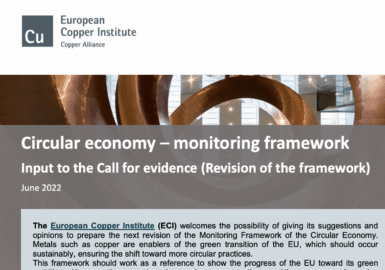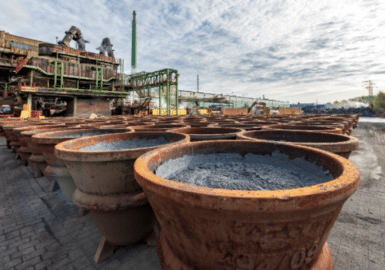Today’s global economy requires efficient use of raw materials, as well as material conservation through reuse and recycling. On average, copper products contain more than 30 percent recycled content, which significantly reduces the energy demand and GHG emissions associated with copper production.
Copper has the longest recycling history of any material known to civilization, as it is infinitely recyclable and can be used again and again without losing any of its properties. It is estimated that in the last one hundred years, two-thirds of the 690 million tonnes of copper produced are still in productive use. For copper recycling to be effective, innovation is needed. Endeavors supporting copper recycling can be implemented in new product design to facilitate end-of-life recovery and industrial copper recycling processes to increase overall yields. The International Copper Association (ICA) fully supports the copper industry’s efforts in copper recycling and reintroducing this valuable metal back into the economy.
Recycled copper requires 85 percent less energy than primary production. The recycling of copper requires less energy than primary production and reduces CO2 emissions.
Recycling Resources
Filter Resources
Industrial Symbiosis: Copper Byproduct Iron Silicate Reduces Carbon Emissions in Construction Industry
Copper byproduct iron silicate reduces carbon emissions in the construction industry through industrial symbiosis.
Copper byproduct iron silicate reduces carbon emissions in the construction industry through industrial symbiosis....
Industrial Symbiosis: Reusing EV Batteries for Energy Storage Systems Can Extend Lifetime of Copper Applications
Through industrial symbiosis, reusing EV Batteries for energy storage systems can extend the lifetime of copper applications.
Through industrial symbiosis, reusing EV Batteries for energy storage systems can extend the lifetime of copper applications....


